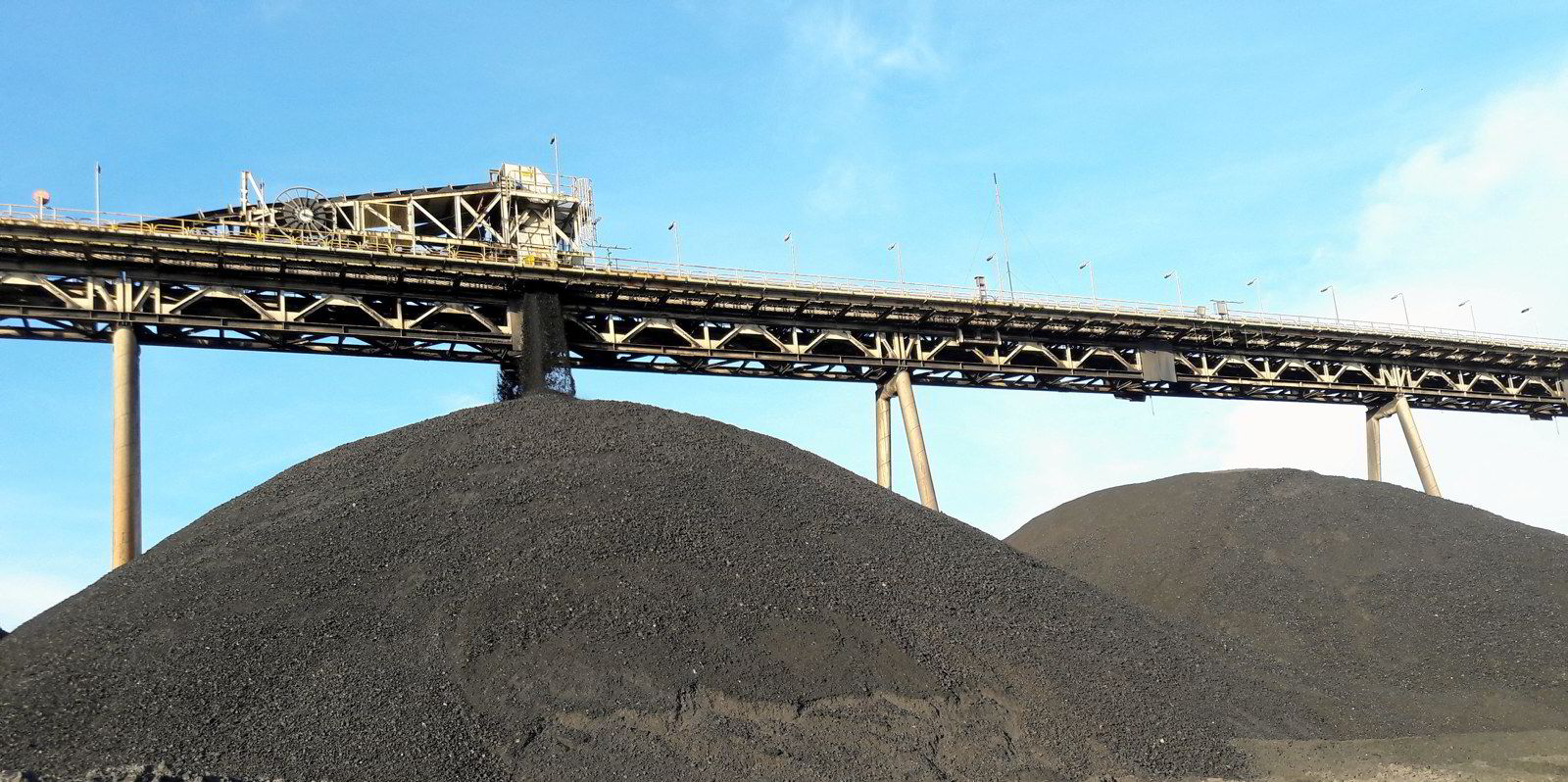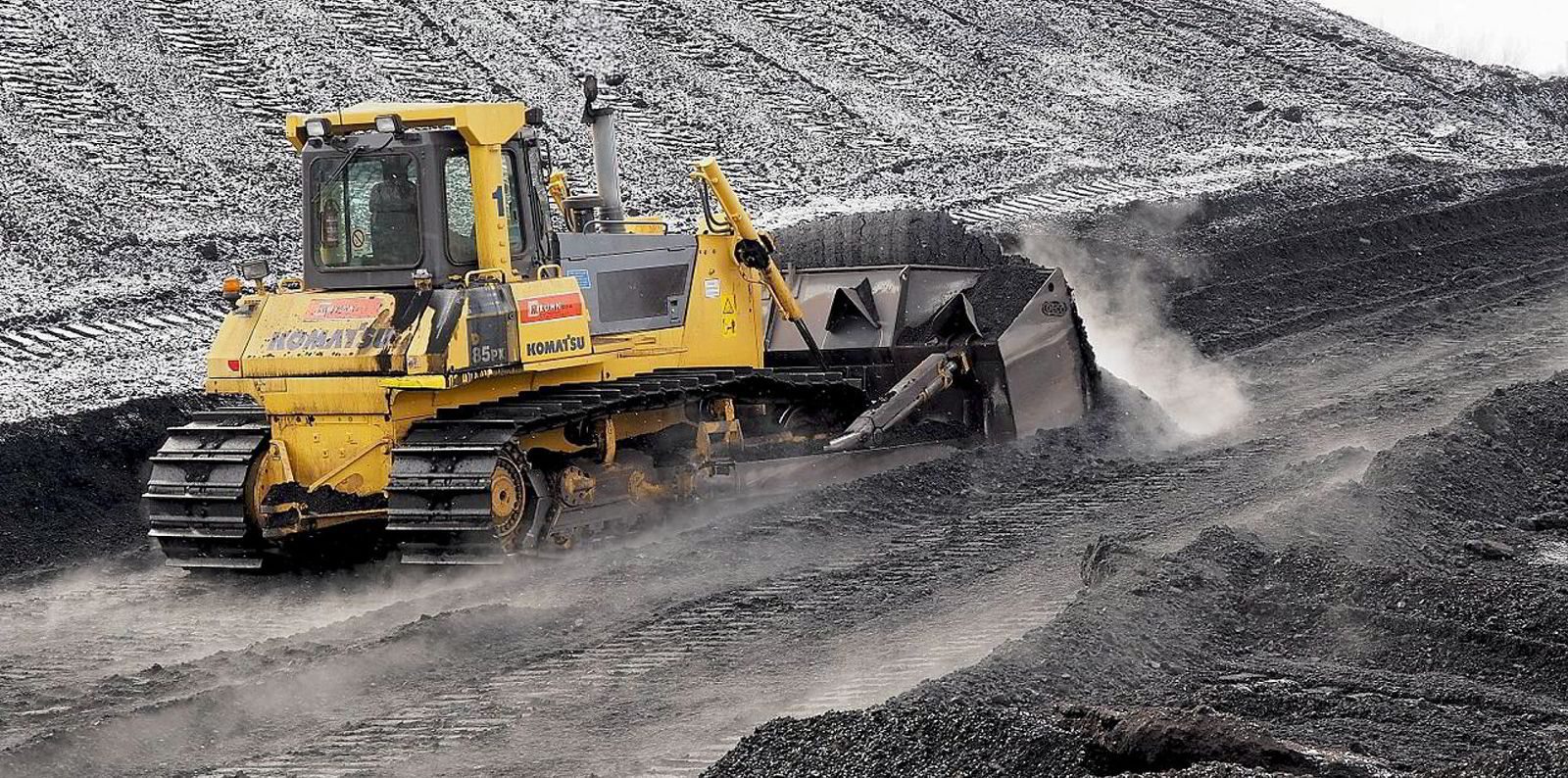The market for capesize freight derivatives exploded on Tuesday, with front-month contracts rocketing by as much as 14% over the course of the day's trading.
After a positive day of trading on Monday, the stage was set for another good day on Tuesday.
In the physical market, average capesize spot rates surpassed the $80,000-per-day level.
But few could have predicted what would follow in the derivatives market.
A Dubai-based trader in forward freight agreements (FFAs) compared the explosive activity to plastic explosives.
"The last move was Mentos in a bottle of Diet Coke; this one is pure Semtex," he said.
"I doubt at 10am today there was a feeling that this was the day it all popped, but when you see a dot in the distance it takes time to realise it is actually a meteorite heading straight for you.
"Today was that day where, in the afternoon, it dawned on the market that this thing isn't stopping. Bids, bid, bids."
Bids for October capesize FFAs peaked at $76,250 per day during the day on Tuesday, up by over $8,100 from Monday night's settlement price.
After a slight sell-off, bidding for October paper was at $75,750 per day as of 4pm (1500 GMT) in London.
"Popped eyeballs and nosebleeds everywhere today. Worse than a pub fight with Conor McGregor," a Geneva-based trader said, referring to the Irish mixed martial artist.
The same trader said that he suspected that many stop-loss orders had been triggered, which would account for the en-masse pile on.
Bidding for November contracts was at the $61,250-per-day level at 4pm in London.
November FFAs peaked during trading at $61,625, which is over $7,700 or 14% more than the previous close.
Bids for fourth-quarter paper were around the same level.
Why?
What is harder to pin down is exactly why the market sprang to life in such a dramatic way on Tuesday.
Another trader to whom TradeWinds spoke said the capesize FFA market was simply "mirroring what's going on in coal and European power/gas".
Coal has, of course, been a key driver of capesize demand in the physical market but reported fixtures have been thin so far this week.
There were also rumours of a front-haul fixture of over $160,000 per day for a cargo from the Black Sea, although TradeWinds was unable to confirm this information.
As the trading day neared its end, word of four capesize cargoes being split into panamax-size stems in the Atlantic came to light.
TradeWinds spoke to one trader who wondered aloud as to how this would affect capesize FFAs going forward.
The forward curve, however, is still sharply backwardated going into 2020.
Paper for calendar year 2022 was bidding around $28,150 per day during the late afternoon in London — not a patch on front-month contracts, despite having advanced by over $1,200 from Monday night's close.








